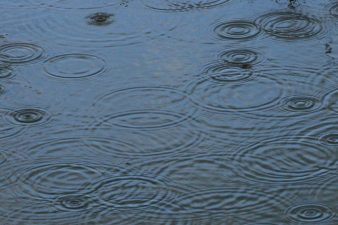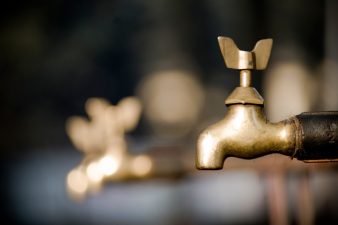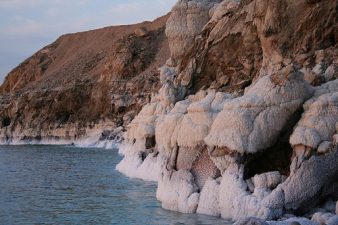 Gulf States such as the UAE may now depend on expensive desalination technology for their water, but in the past they relied on more sustainable forms of water conservation
Gulf States such as the UAE may now depend on expensive desalination technology for their water, but in the past they relied on more sustainable forms of water conservation
In the arid landscapes of Oman and the United Arab Emirates, water has always been a huge issue. Whilst desalination which removes salt from water may have offered a temporary (and very expensive) solution to this age-old problem, in the past, drought and a dwindling supply of naturally available water meant that waste wasn’t tolerated and conservation was the order of the day.
Nothing attests to this more than the two and half thousand year old architectural water wonder that is the ‘Aflaj‘ system.
The aflaj water system (falaj in singular) is an ancient technique by which underground tunnels are dug to channel water from distant sources to villages where it was needed. It’s a tried and tested method which helps conserve water and is still used around the world today in places such as the Sahara desert and Oman.
In Islam, water is held in such high regard that its life-giving properties are mentioned in the Qur’an sixty-three times and paradise is described as “gardens beneath which rivers flow.” Muslims also make wudu before prayers five times a day by washing with water and the Prophet Muhammed stated that amongst the people God will ignore on the day of resurrection include those “[who] possessed superfluous water on a way and withheld it from travellers.”
As such, water is declared a public good that must be available to all and shared between everyone fairly. Much like Hima, an ancient form of land conservation which was embraced and extended under Islamic rule, the aflaj water management system precedes the advent of Islam.
However following Islamic principles, water from a falaj was declared public property and so couldn’t be diverted for personal use- the common presence of aflaj at mosques demonstrates its communal use.
Aflaj are still widespread in Oman where there are currently 4,112 such channels with an annual flow of 680 million cubic metres. Indeed, five of these aflaj were included in the UNESCO’s World Heritage lists in the past and the government reported back in 2006 that it spent one million Omani riyals every year on preserving them.
In Oman, the oldest falaj is believed to be 2,500 years old whilst the first falaj built in the United Arab Emirates (UAE), discovered in 1985 in Al Ain, dates back to the Iron Age.
Whilst some Gulf States may believe they have resolved their water scarcity problems through desalination, there is still a lot to learn from the ancient aflaj system which not only supplied clean water cheaply and effectively but also reminded the masses of the preciousness of water.
For more on water issues in the Middle East see:
Zam Zam Holy Water ‘Unsuitable for Human Consumption”
How Islam Could Help Fight Water Scarcity
The Best Way To Preserve Water? Make It More Expensive






I think the 1 million Rials might be spent on all the Aflaj – not on only the 5 UNESCO sites